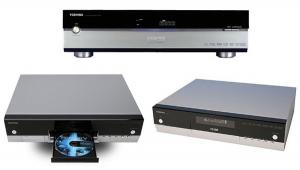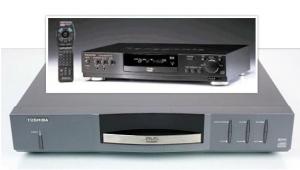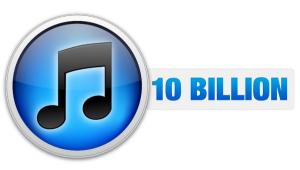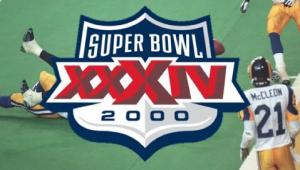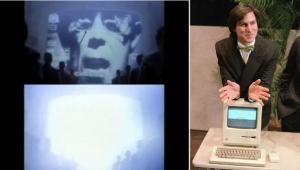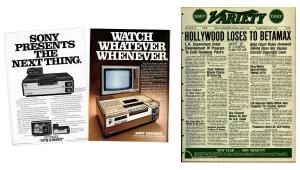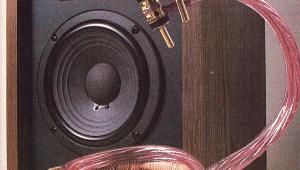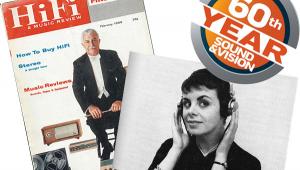Flashback to 1964: First Picturephone Call

Wired wrote about the event in a 2012 article 2012 article:
Bell’s Picturephone service dials up the world’s first videophone call, and the New York World Fair’s science consultant William L. Laurence gets some face time with Anaheim Bulletin managing editor Donald Shaffer at Disneyland.The video chat was part of a large public demonstration at the World’s Fair that included seven calling stations. New Yorkers could speak with Disneyland visitors at a similar set-up in the California theme park. “Long lines formed at either end as consumers clamored to see the telephone of the future,” wrote Steve Schnaars and Cliff Wymbs in a paper about the history of videophones.
But the clamoring stopped soon thereafter, even though most users had good things to say about the Picturephone, which had a video camera, screen, a push-button phone, speakers and a power supply. The Picturephone even let users control whether the video feed was transmitted to the person they were calling. The sound and quality were good, and people generally liked seeing the person they were speaking to.
But even company employees were not totally convinced. “We can’t hope to provide Picturephone service for the ordinary residence and business office in the near future but we are hopeful of offering the service in the next few months on a market trial basis,” a Bell engineer told the Star News in 1964.
Commercial service started on June 25, 1964 at calling booths in New York City, Washington, D.C. and Chicago. Interest was lukewarm, at best. For starters, customers needed to schedule their allotted 15 minutes of screen time in advance, which made video chatting nearly as tedious a doctor’s appointment. Only three cities had access to the futuristic telephone, so its reach was pretty limited. Plus, it was also incredibly expensive. A 3-minute video call from New York to Washington, D.C. cost $16, or the equivalent of about $120 today.
The following year, AT&T slashed prices almost 50 percent to encourage customers to make videophone calls. When that strategy failed, the company relocated the video booths to Bell-owned buildings. That didn’t help either.
Finally in 1968, the company pulled up the white flag and admitted customers weren’t interested.
Share memories of your early tech encounters in Comments.


